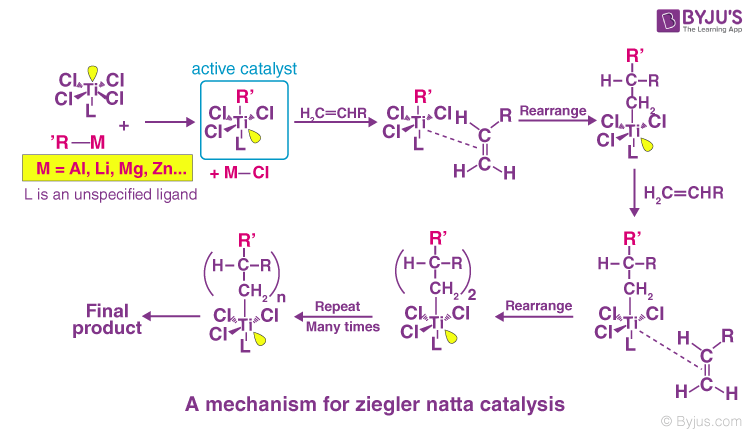
The science and engineering of materials. ^ Typical Properties of Polyethylene (PE).^ Thermoforming HDPE Archived at the Wayback Machine."Thermal properties of high density polyethylene composites with natural fibres: Coupling agent effect". ^ a b "Market Study: Polyethylene HDPE".The material has benefited from discussions about possible health and environmental problems caused by PVC and polycarbonate associated bisphenol A (BPA), as well as its advantages over glass, metal, and cardboard. In India and other highly populated, emerging nations, infrastructure expansion includes the deployment of pipes and cable insulation made from HDPE. Milk bottles, jugs, and other hollow goods manufactured through blow molding are the most important application area for HDPE, accounting for one-third of worldwide production, or more than 8 million tonnes.Ībove all, China, where beverage bottles made from HDPE were first imported in 2005, is a growing market for rigid HDPE packaging, as a result of its improving standard of living. HDPE is preferred by the pyrotechnics trade for mortars over steel or PVC tubes, being more durable and safer: HDPE tends to rip or tear in a malfunction instead of shattering and becoming shrapnel like the other materials. HDPE is also used for cell liners in United States subtitle D sanitary landfills, wherein large sheets of HDPE are either extrusion welded or wedge welded to form a homogeneous chemical-resistant barrier, with the intention of preventing the pollution of soil and groundwater by the liquid constituents of solid waste. HDPE sheet which has been extrusion welded Wood plastic composites (utilizing recycled polymers).Water pipes for domestic water supply and agricultural processes.Plastic surgery (skeletal and facial reconstruction).Plastic bottles suitable both for recycling or re-use.Piping for fluid, slurry and gas purposes.Natural gas distribution pipe systems.Hovercraft: The material is too heavy and dense for such craft but is still used occasionally.Geothermal heat transfer piping systems.Geomembrane for hydraulic applications (such as canals and bank reinforcements).Corrosion protection for steel pipelines.Conduit protector for electrical or communications cables.

HDPE has a wide variety of applications for applications that fall within the properties of other polymers, the choice to use HDPE is usually economic: Owing to these desirable properties, pipes constructed out of HDPE are ideally applicable for drinking water and waste water (storm and sewage).
#High density polyethylene crack#
For example, in rotational molding, to identify the environmental stress crack resistance of a sample, the notched constant tensile load test (NCTL) is put to use. The physical properties of HDPE can vary depending on the molding process that is used to manufacture a specific sample to some degree, a determining factor is the international standardized testing methods employed to identify these properties for a specific process. HDPE is resistant to many different solvents, so it cannot be glued. The lack of branching is ensured by an appropriate choice of catalyst (e.g., Ziegler–Natta catalysts) and reaction conditions. High-density polyethylene, unlike polypropylene, cannot withstand normally required autoclaving conditions. It is also harder and more opaque and can withstand somewhat higher temperatures (120 ☌/248 ☏ for short periods). The difference in strength exceeds the difference in density, giving HDPE a higher specific strength. Although the density of HDPE is only marginally higher than that of low-density polyethylene, HDPE has little branching, giving it stronger intermolecular forces and tensile strength (38 MPa versus 21 MPa) than LDPE.
#High density polyethylene iso#
The standard method to test plastic density is ISO 1183 part 2 (gradient columns), alternatively ISO 1183 part 1 ( MVS2PRO density analyzer). The density of HDPE ranges from 930 to 970 kg/m 3. HDPE is known for its high strength-to-density ratio. Properties Thermophysical properties of high density polyethylene (HDPE) Density


 0 kommentar(er)
0 kommentar(er)
